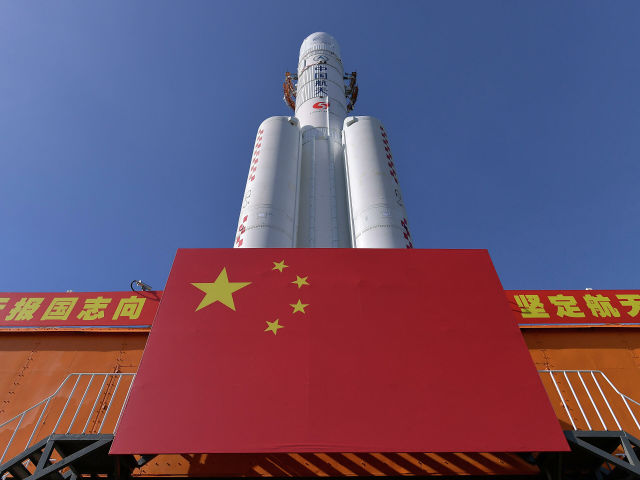China has tested a monolithic solid-fuel rocket engine with the largest thrust in the world. Product development is important for the creation of heavy-class missiles.
The Chinese Space Science and Technology Corporation (CASC) has successfully tested a monolithic solid-fuel rocket engine, which is called "the most powerful in the world" in the Middle Kingdom. It has a thrust of 500 tons, the diameter of the product is 3.5 meters. Various advanced technologies were used in the development.
As noted in CASC, the tests demonstrate the progress of Chinese specialists in this direction. The creation of solid-fuel rocket engines is of particular importance for heavy-class missile programs.
Now the specialists of the Chinese Corporation of Space Science and Technology are developing a five-section rocket engine with a diameter of 3.5 meters, having a maximum thrust of more than a thousand tons. And in December, China successfully tested the country's most powerful three-section solid-fuel rocket engine for civilian use. The length of the product is 11.6 meters, the diameter is 3.2 meters.
The creation of powerful sectional rocket engines is important for ambitious space exploration programs, including a manned flight to the moon.
Now China does not have a launch vehicle and a spacecraft that would allow something like this to be implemented. Meanwhile, the country is actively developing the Changzheng-9 superheavy launch vehicle, which, according to some reports, will surpass even the new American Space Launch System (SLS) in capabilities.
If the American rocket can make its first flight this year, then the Chinese carrier will not be operated until the end of the decade. Around the same time, we can expect the first launch of a promising Russian superheavy rocket, known as the Yenisei. Russia is theoretically capable of performing the first manned flights to the Moon without its help, using Soyuz and Angara carriers.
Recall that this year Russia officially announced that it wants to build a lunar station together with China: this was preceded by Moscow's actual withdrawal from the Gateway international lunar station project.
Beijing, as far as can be judged, is interested in the project. The deputy head of the Earth satellite research program of the National Space Administration of China noted that the construction of the station will begin in 2026, and they want to complete the construction of the object by 2035. There should be three stages of construction of the new station in total.


